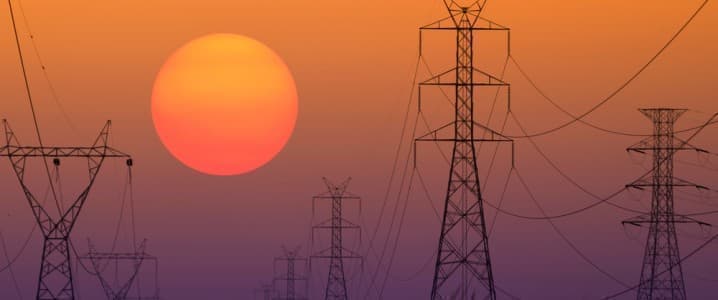Germany’s wind and solar power output has slumped to the lowest in ten years since the start of the year, at just 80 TWh over the first four months of 2025, data from climate think tank Ember has shown.
As a result, Europe’s biggest economy has ramped up gas and coal generation by 10% from a year ago, with the share of hydrocarbons in its energy mix rising to the highest in seven years.
The main reason for the drop in wind and solar generation was low wind speed, which hit total wind power output hard: generation was down 31% on the year in the four-month period for a total of 39 TWh. This was the lowest wind power output in Germany since 2017—despite a 30% surge in wind turbine installations in the years since then.
Going forward, the situation is likely to worsen further, according to Ember, with low wind speeds persisting in the coming months as the weather gets warmer, extending the reliance on coal and gas. Coal power output over the first four months of the year rose by 16% from a year earlier, with the total at 40 TWh. Gas generation, however, fell due to exorbitant prices by 9%. Yet this may yet change, because gas prices have retreated from a peak reached earlier this year during heating season.
On the other hand, gas prices may start climbing before too long as refill season begins for Europe’s storage facilities ahead of next winter season, which is also the season of peak demand across Europe.
Meanwhile, solar power output rose in the first four months of the year in Germany and it is about to rise much further as sunshine grows during late spring and summer, Reuters’ Gavin Maguire noted in a report on Ember’s findings. Whether it will compensate for the seasonal so-called doldrums of wind power, which are extended periods of low wind speeds, remains to be seen.
By Irina Slav for Oilprice.com
More Top Reads From Oilprice.com

